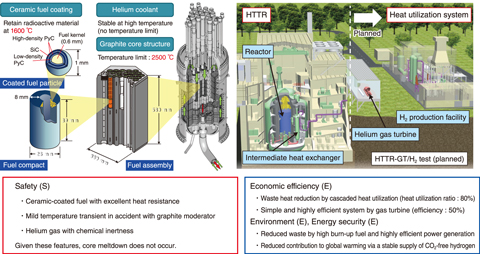
Fig.6-1 Features of HTGR and plan of HTTR-GT/H2 test
Japan’s energy supply-demand structure is fragile because of its excessive dependence on imported fossil resources. To remedy this situation while reducing greenhouse gas emissions that cause global warming, Japan is advancing the use of safe nuclear energy. A High Temperature Gas-cooled Reactor (HTGR) is a nuclear reactor with various industrial uses, such as high-efficiency power generation using a helium gas turbine, hydrogen production, and seawater desalination (Fig.6-1). According to Chapter 3, section 2 of the 5th Strategic Energy Plan decided by the Cabinet in July 2018, “Promotion of technology development: Technical challenges to be addressed”, under international cooperation while looking at overseas market trends, GOJ also facilitates R&D of nuclear technologies that serves the safety improvement of nuclear use, such as HTGRs which are expected to be utilized in various industries including hydrogen production and which has an inherent safety.
The industrial, academic, and governmental council established by the Ministry of Education, Culture, Sports, Science and Technology (MEXT), Japan has been developing strategies for commercializing HTGRs and deploying Japanese HTGR technologies overseas. Cooperation policies and domestic organizational structures have been established for an experimental and commercial reactor in Poland. We aim to maintain the most advanced HTGR technology in the world, cultivated through the design, safety review, construction, operation, maintenance, and safety evaluation of Japan’s first HTGR, the High Temperature Engineering Test Reactor (HTTR), at Oarai, Ibaraki-ken. The plant will be constructed by overseas projects and then returned to Japan.
The HTTR, constructed using domestic technology, is the only HTGR worldwide that can extract heat at 950 ℃ from the reactor. The HTTR attained a reactor outlet temperature of 950 ℃ in 2004 and continuously operated at that reactor outlet temperature for 50 days in 2010. The inherent safety features of the HTGR were confirmed in a loss-of-forced-cooling test in 2010, without inserting the control rods. In these tests, the reactor intrinsically shut down and maintained a stable state.
Current research and development projects of HTGR technology includes the recycling of transuranic elements to reduce the environmental loads, conceptual design of an experimental reactor to introduce the HTGR for steam supply utilizing HTTR’s knowledge, development of manufacturing technology for oxidation-resistant fuel elements to further improve the safety of the HTGR, and investigation of thermal load fluctuation absorption of HTGR based on HTTR test results (Topics 6-1, 6-2, 6-3, 6-4). Furthermore, in research on the thermochemical IS process, which is an innovative hydrogen production technology that uses the heat of the HTGR, the design study aiming to improve the efficiency of the IS process, the development of quality control methods of glass lining materials to improve the reliability of corrosion-resistant equipment, and the development of cation exchange membranes to improve hydrogen production efficiency have been conducted (Topics 6-5, 6-6, 6-7).
Owing to the inherent safety features of HTGR, the HTTR is expected to restart operation confirming compliance with the new regulation standards and without large-scale modification or reinforcement. Final preparations before restarting HTTR operation are currently underway.